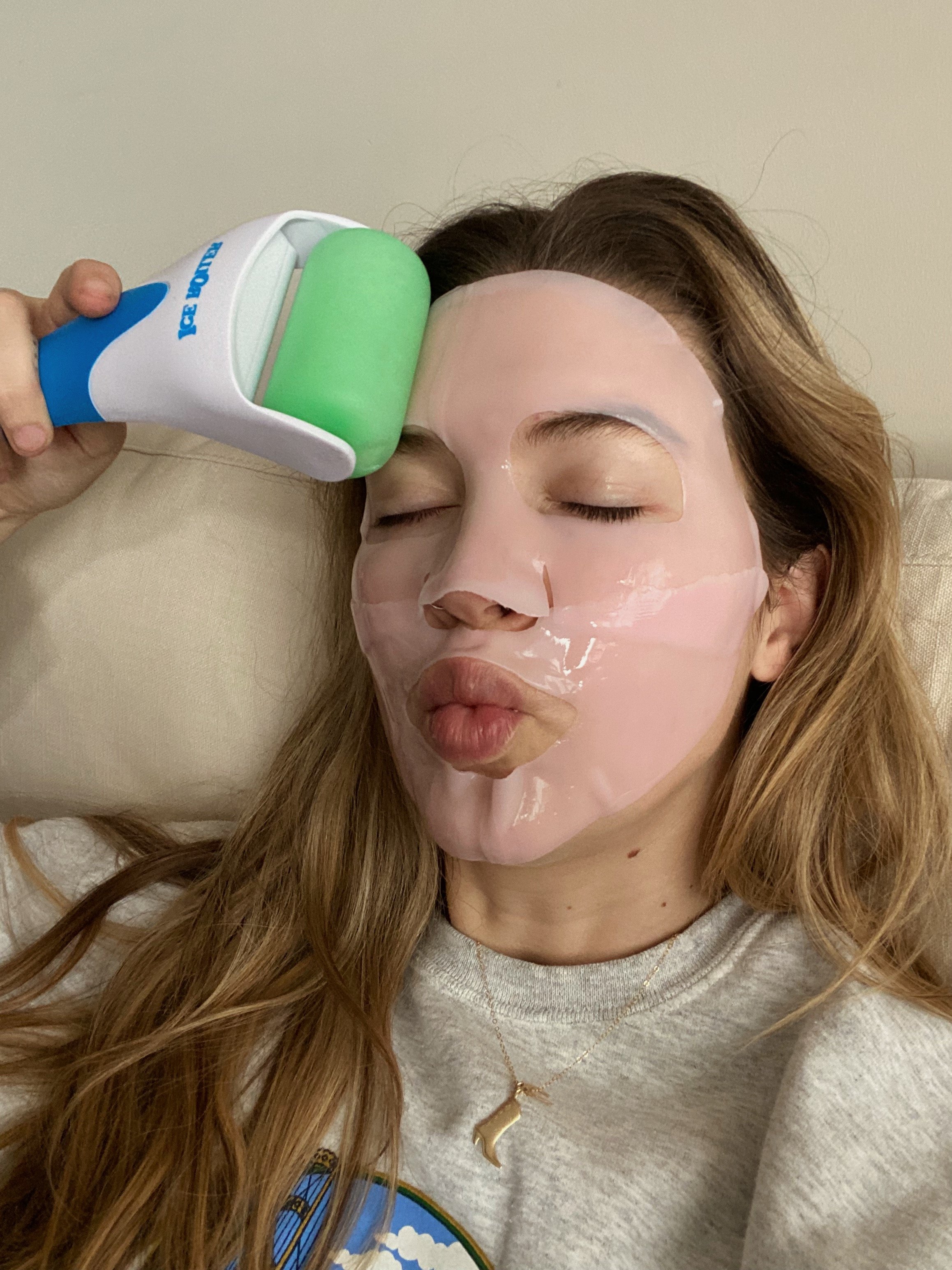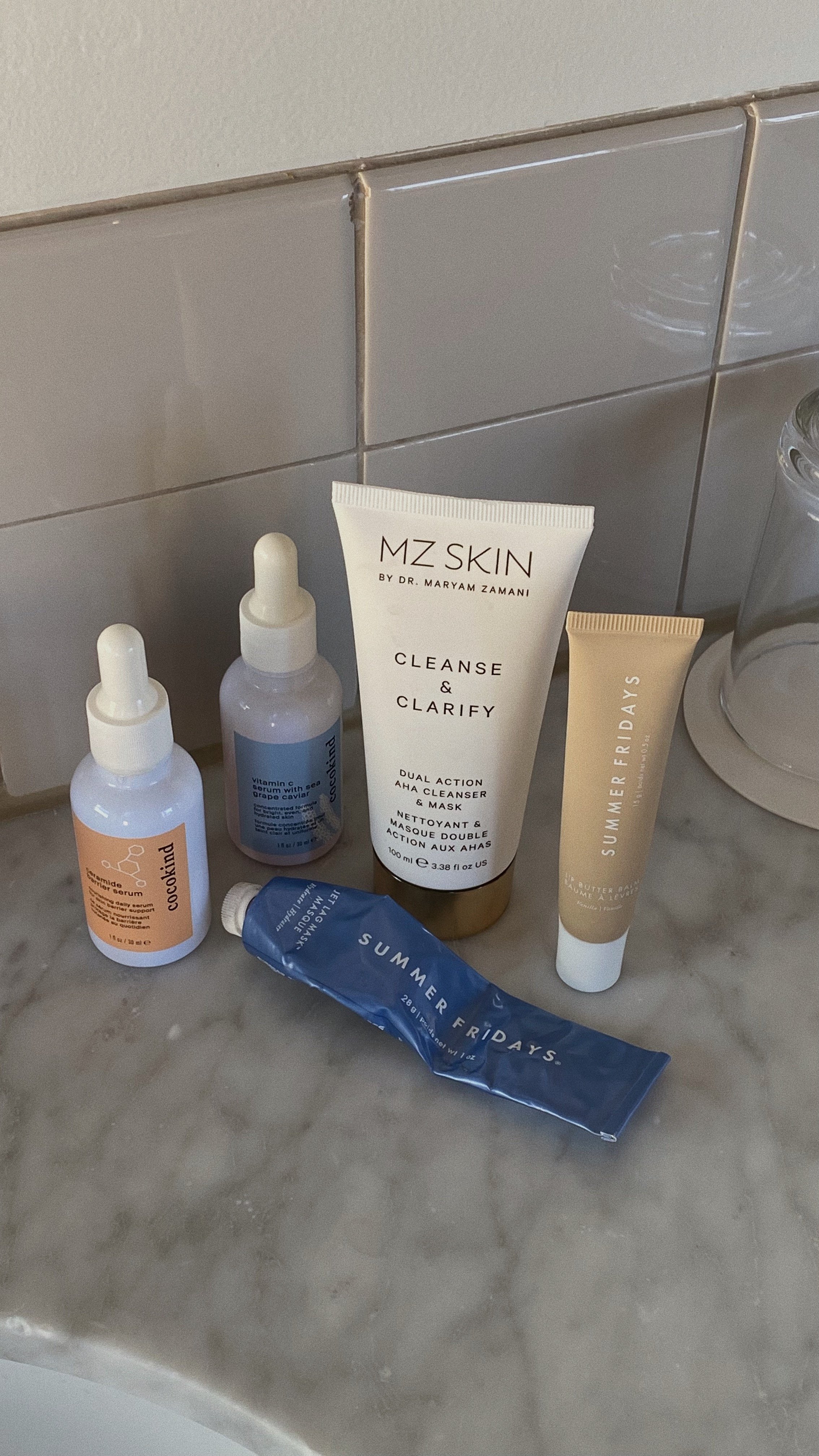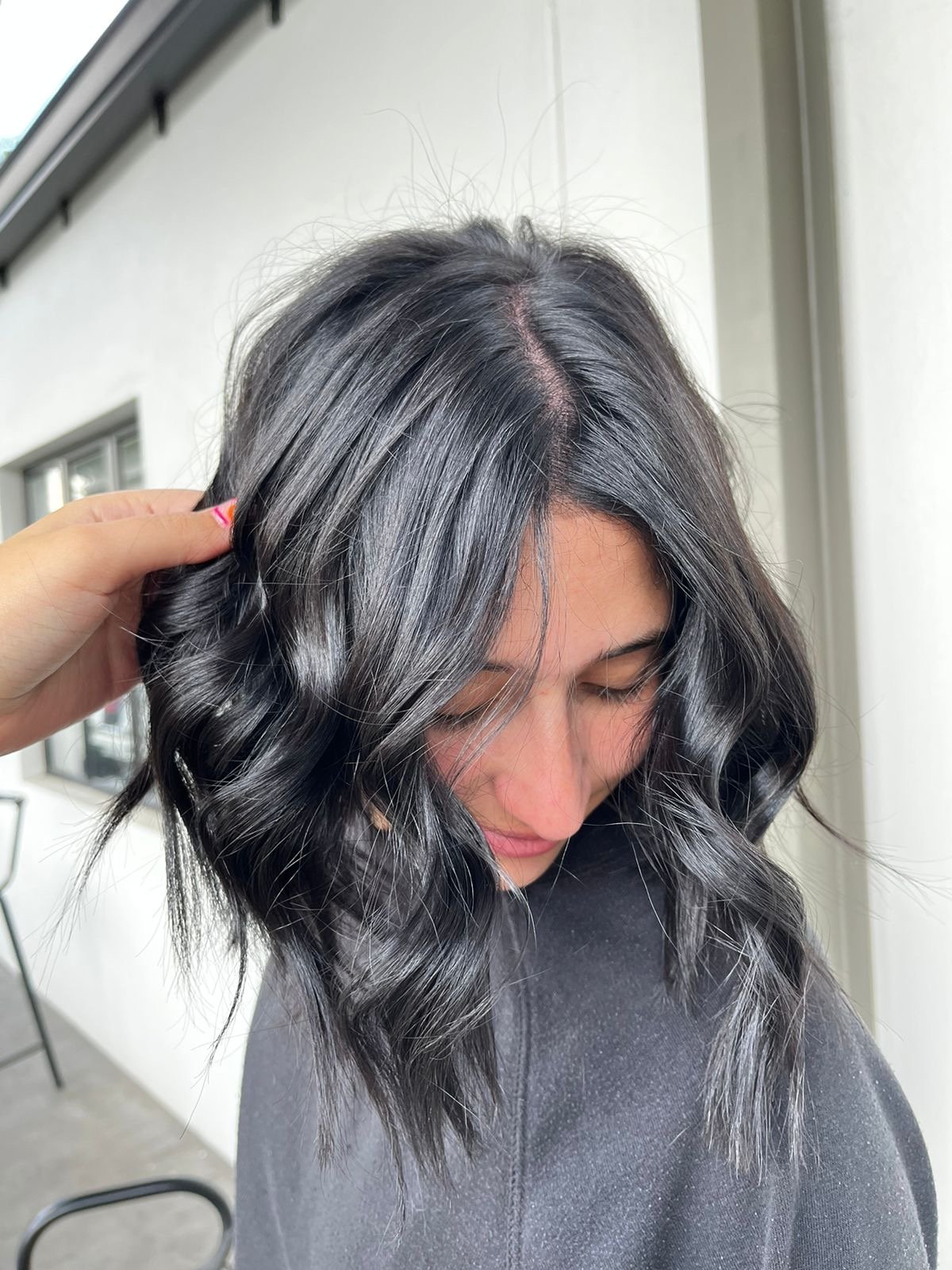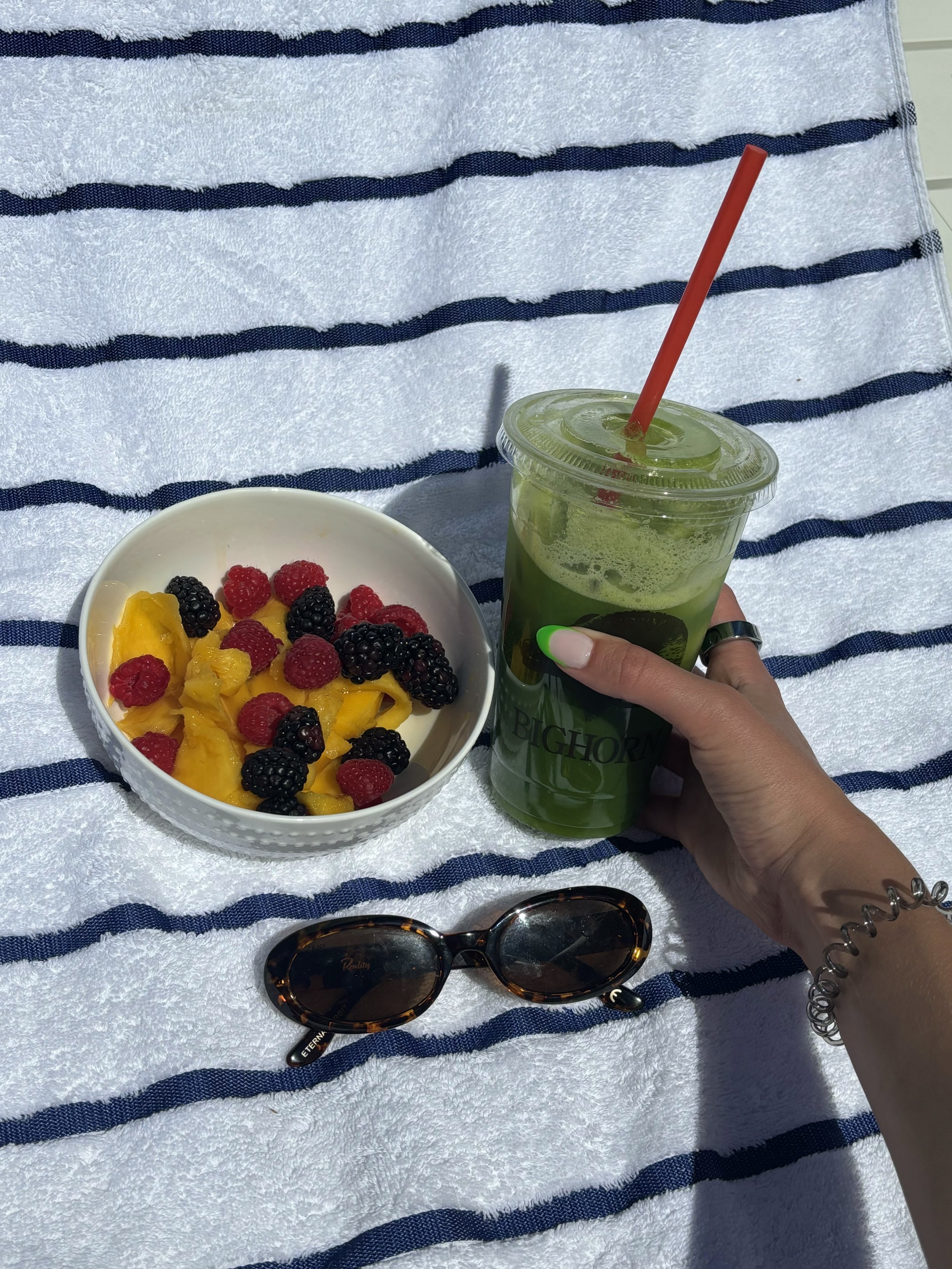The Ultimate Guide to Acne Mapping
Image via Dupe Photos
Acne is a common skin condition that affects people of all ages. It can be frustrating and challenging to deal with, especially when traditional treatments don't seem to work. However, with the advancement of skincare techniques, a new approach called "acne mapping" has gained popularity in recent years.
In this ultimate guide, we will delve into the world of acne mapping, covering everything from understanding acne and the basics of acne mapping to techniques, interpretation, DIY mapping, common mistakes, skincare tips, diet and lifestyle factors, holistic treatment, and acne mapping for different skin types.
Understanding Acne
To effectively tackle acne, it's important to understand what it is and what causes it. Acne is a skin condition characterized by the formation of pimples, blackheads, whiteheads, and other types of blemishes. It can occur on various parts of the body, but is most commonly found on the face, chest, and back. Contrary to common misconceptions, acne is not solely caused by poor hygiene or eating greasy foods, but rather by a combination of factors including excess sebum production, clogged hair follicles, bacterial overgrowth, and inflammation.
What is Acne Mapping?
Acne mapping is a technique that involves identifying the root causes of acne by analyzing the location and pattern of breakouts on the skin. It is based on the belief that different areas of the face or body correspond to different internal organs and systems, and the appearance of acne in specific areas may indicate underlying issues that need to be addressed. Acne mapping can provide valuable insights into the triggers of acne and help in customizing a targeted skincare routine for clearer skin.
Acne Mapping Techniques
There are several techniques used in acne mapping, including visual mapping, digital mapping, and professional mapping. Visual mapping involves physically marking the areas of the face or body where acne occurs on a facial diagram or body map to identify patterns and trends. Digital mapping uses specialized software or apps that allow for more precise and detailed tracking of acne patterns over time. Professional mapping involves consulting with a dermatologist or skincare professional who can thoroughly examine the skin, identify acne triggers, and provide personalized recommendations.
Interpreting Acne Maps
Once the acne mapping is done, it's important to interpret the findings accurately. This involves identifying the triggers or patterns that may be contributing to acne breakouts in specific areas.
For example, acne on the forehead may indicate issues with digestion or stress, while acne on the chin may be related to hormonal imbalances. Interpreting acne maps can help in customizing a skincare routine by incorporating targeted treatments, lifestyle changes, and dietary adjustments to address the underlying causes of acne.
DIY Acne Mapping
While professional acne mapping can provide expert insights, it's also possible to do acne mapping at home using DIY methods. Here is a step-by-step guide for DIY acne mapping:
Cleanse your face thoroughly and remove any makeup or skincare products.
Take a close look at your face in a well-lit area and identify the areas where acne is present.
Use a facial diagram or body map to mark the areas where acne occurs.
Note down the type of acne (pimples, blackheads, whiteheads, etc.) and the severity of the breakout in each area.
Keep track of the acne patterns over time and look for any trends or triggers.
It's important to use clean tools and avoid picking or popping acne while doing DIY acne mapping to prevent further irritation or damage to the skin. DIY acne mapping can be a useful tool in understanding your skin and identifying potential triggers, but it's always recommended to consult with a dermatologist or skincare professional for expert advice.
Common Mistakes in Acne Mapping
While acne mapping can be a valuable tool in managing acne, there are common mistakes that people may make. It's important to be aware of these mistakes to ensure accurate results. Some common mistakes in acne mapping include:
Overlooking triggers: Acne mapping is not just about identifying the location of acne, but also understanding the triggers or underlying causes. It's important to consider factors such as diet, lifestyle, hormonal imbalances, and stress levels in addition to the location of acne.
Incorrect mapping techniques: Using the wrong mapping techniques or not following proper guidelines for DIY acne mapping can lead to inaccurate results. It's important to use reliable resources and follow proper techniques for marking and tracking acne patterns.
Not tracking progress: Acne is a dynamic condition, and the patterns and triggers may change over time. It's important to regularly track and update the acne maps to reflect any changes and monitor the effectiveness of the skincare routine or treatments.
Relying solely on acne mapping: Acne mapping should be used as a complementary tool along with other skincare practices and treatments. It's not a standalone solution, and it's important to incorporate a holistic approach to skincare that addresses all contributing factors.
Skincare Tips for Acne Prone Areas
Once you have identified the acne-prone areas through mapping, it's essential to take care of these areas with targeted skincare. Here are some skincare tips for acne-prone areas:
Cleanse gently: Avoid harsh or abrasive cleansers that can further irritate the skin. Opt for a gentle, non-comedogenic cleanser that is specifically formulated for acne-prone skin.
Exfoliate regularly: Exfoliation helps to unclog pores and remove dead skin cells, which can contribute to acne breakouts. Choose a gentle exfoliator that suits your skin type and exfoliate regularly, but not excessively, as over-exfoliation can lead to skin irritation.
Use targeted treatments: Incorporate spot treatments or acne-fighting products that contain ingredients like benzoyl peroxide, salicylic acid, or tea tree oil to help reduce inflammation and kill acne-causing bacteria in the specific acne-prone areas.
Moisturize appropriately: Contrary to popular belief, even acne-prone skin needs moisturization. Look for oil-free or non-comedogenic moisturizers that provide hydration without clogging pores. Moisturizing can help maintain the skin barrier and prevent excessive dryness or flakiness that may trigger acne.
Avoid picking or popping acne: Picking or popping acne can worsen inflammation, cause scarring, and spread bacteria, leading to more breakouts. Resist the temptation to pick at your acne and instead opt for spot treatments or other appropriate skincare solutions.
Pay attention to your diet and lifestyle: Diet and lifestyle factors, such as a high-sugar diet, stress, lack of sleep, and hormonal imbalances, can all contribute to acne. Consider making healthy dietary choices, managing stress levels, getting enough sleep, and maintaining a balanced hormonal status through proper medical care.
Keep your skincare and makeup products clean: Dirty makeup brushes, sponges, or skincare tools can harbor bacteria that may contribute to acne breakouts. Clean your skincare and makeup tools regularly to prevent bacterial buildup and potential acne triggers.
Protect your skin from the sun: Sun exposure can exacerbate acne and cause hyperpigmentation. Always use a broad-spectrum sunscreen with an appropriate SPF to protect your skin from harmful UV rays.
Acne mapping can be a useful tool in understanding the triggers and patterns of acne breakouts on the face or body. By identifying the specific areas where acne occurs, interpreting the findings accurately, and incorporating targeted skincare, lifestyle changes, and dietary adjustments, it's possible to customize a skincare routine for clearer skin. However, it's important to avoid common mistakes in acne mapping, and always consult with a dermatologist or skincare professional for expert advice.
FAQs:
Is acne mapping only applicable to the face? Acne mapping can also be applied to other areas of the body where acne occurs, such as the chest, back, or shoulders. The same principles of identifying triggers and patterns can be applied to these areas as well.
Can I do acne mapping at home? Yes, it's possible to do acne mapping at home using DIY methods. However, it's important to follow proper techniques and guidelines to ensure accurate results.
How often should I update my acne map? It's recommended to update your acne map regularly, as acne patterns and triggers may change over time. Depending on the severity of your acne and the effectiveness of your skincare routine or treatments, you may update your acne map every few weeks or months.
Can acne mapping cure acne? Acne mapping is not a standalone solution for curing acne. It's a tool that can provide insights into the triggers and patterns of acne, but it should be used in conjunction with other skincare practices and treatments for best results.
Can I use acne mapping for self-diagnosis? Acne mapping should not be used for self-diagnosis or as a substitute for professional medical advice. It's always recommended to consult with a dermatologist or skincare professional for proper diagnosis and treatment of acne or any other skin condition.
Can diet really impact acne breakouts? Yes, diet can play a role in acne breakouts for some individuals. Consuming a diet high in processed foods, sugar, and dairy may trigger inflammation in the body and worsen acne. It's important to pay attention to your diet and make healthy choices to support clear skin.
Can stress affect acne breakouts? Yes, stress can impact hormone levels in the body, which may in turn affect the occurrence of acne breakouts. Managing stress through relaxation techniques, exercise, and self-care practices can help reduce the impact of stress on your skin.
Is it necessary to use acne-specific products for acne-prone skin? Using acne-specific products formulated with ingredients like benzoyl peroxide, salicylic acid, or tea tree oil can be helpful in managing acne-prone skin. However, it's important to choose products that suit your skin type and concerns, and not use harsh or abrasive products that can further irritate the skin.
Can acne mapping be used alongside other acne treatments? Yes, acne mapping can be used in conjunction with other acne treatments recommended by a dermatologist, such as topical creams, oral medications, or professional treatments like chemical peels or laser therapy. It can help identify triggers and patterns, and customize a comprehensive treatment plan for clearer skin.
How long does it take to see results with acne mapping? The timeline for seeing results with acne mapping may vary depending on the severity of acne, the effectiveness of the skincare routine or treatments, and individual factors. It's important to be patient and consistent with your skincare routine and follow the recommendations of a dermatologist for best results.
In conclusion, acne mapping can be a valuable tool in understanding the triggers and patterns of acne breakouts on the face or body.
By identifying specific areas where acne occurs, interpreting the findings accurately, and incorporating targeted skincare, lifestyle changes, and dietary adjustments, it's possible to customize a skincare routine for clearer skin. However, it's crucial to avoid common mistakes in acne mapping and seek professional advice from a dermatologist or skincare professional.
Remember, a holistic approach that considers various factors like skincare, diet, lifestyle, and professional guidance can help in effectively managing acne-prone skin and achieving clearer skin
READ MORE LIKE THIS:
















Bye-bye bad skin advice! Hello healthy, glowing skin!